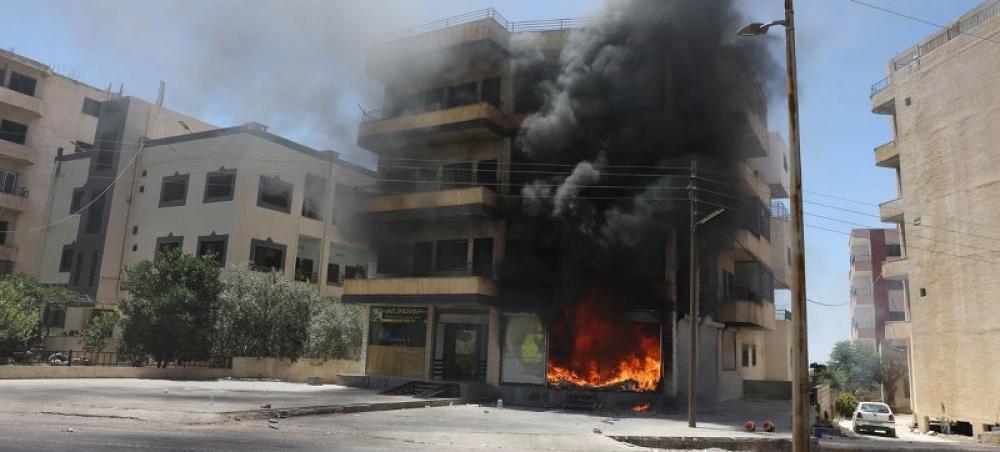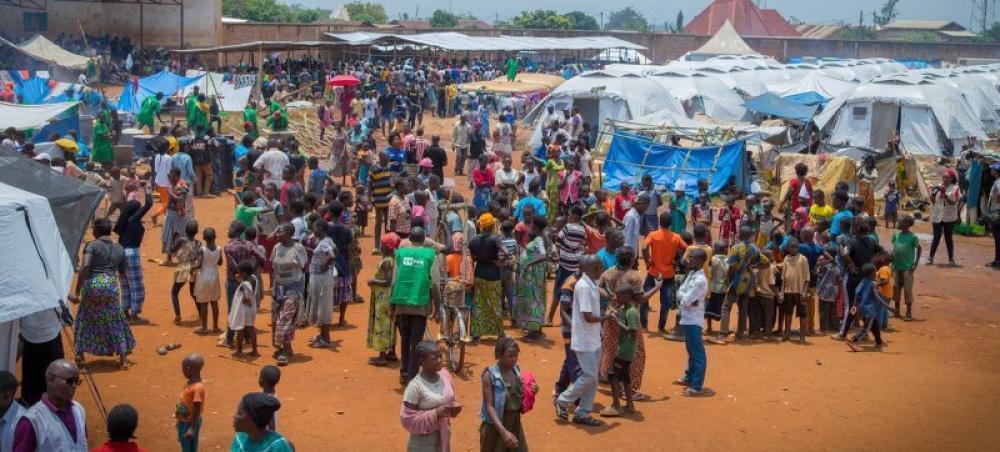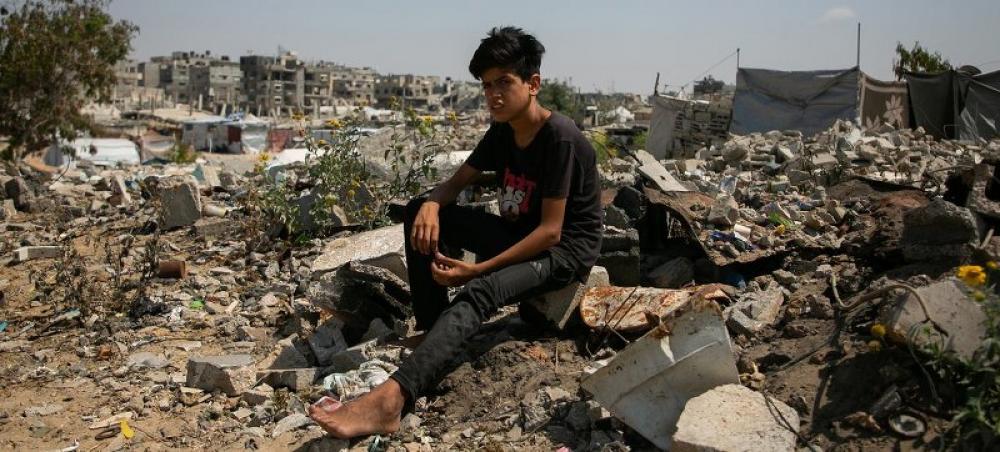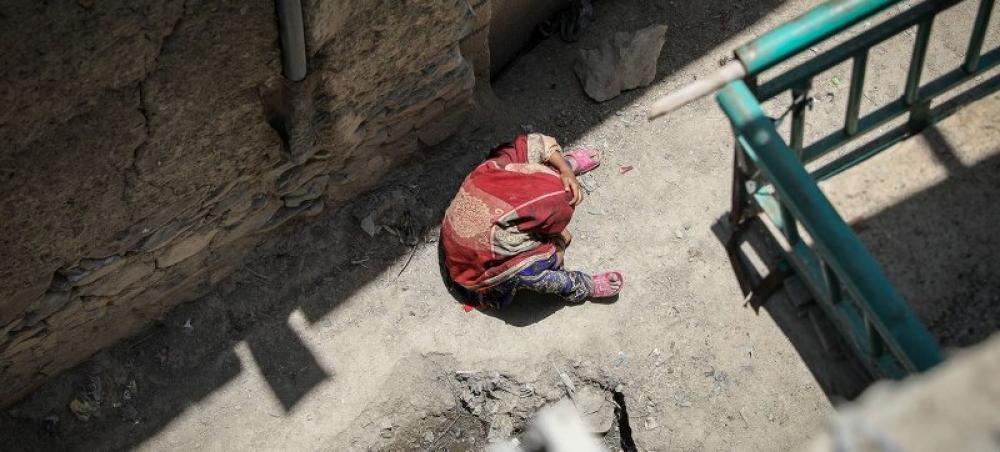Just Earth News 25 Apr 2017, 06:03 am Print
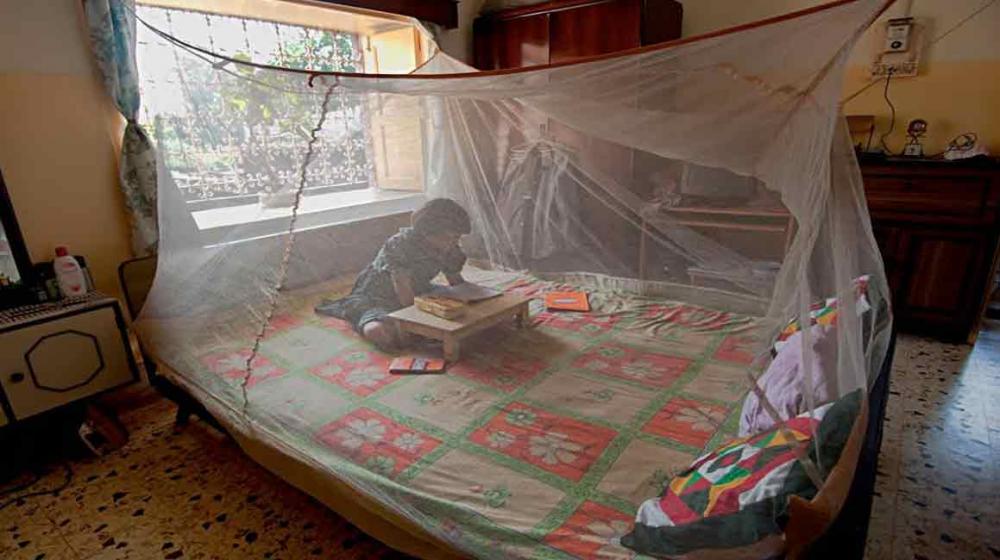
Joydeep Mukherjee
The UN World Health Organization's (WHO) latest report, Malaria prevention works: Let's close the gap, spotlights critical gaps in prevention coverage, particularly in sub-Saharan Africa.
“WHO-recommended tools have made a measurable difference in the global malaria fight, but we need a much bigger push for prevention – especially in Africa, which bears the greatest burden of malaria,” said WHO Director-General Margaret Chan.
WHO said that since 2001, more than 663 million cases have been averted in sub-Saharan Africa, which shoulders 90 per cent of the global malaria burden. Insecticide-treated nets have had the greatest impact, accounting for an estimated 69 per cent of cases prevented through control tools.
However, WHO estimates that 43 per cent of people at risk of malaria in the region were not protected by either an insecticide-treated net or indoor insecticide spraying in 2015. About 69 per cent of pregnant women in 20 African countries did not have access to the recommended three or more doses of preventive treatment.
Malaria: Facts, figures and prevention strategies
According to the most recent World Malaria Report, the global tally of malaria reached 429,000 malaria deaths and 212 million new cases in 2015. The rate of new malaria cases fell by 21 per cent globally between 2010 and 2015, and malaria death rates fell by 29 per cent in the same period. In sub-Saharan Africa, case incidence and death rates fell by 21 per cent and 31 per cent, respectively.
Together with diagnosis and treatment, WHO recommends a package of proven prevention approaches, including insecticide treated nets, spraying indoor walls with insecticides, and preventive medicines for the most vulnerable groups, such as pregnant women and children under the age of five.
Across the Sahel, where most malaria cases and deaths among children occur in the rainy season, WHO recommends seasonal malaria chemoprevention – a preventive therapy shown to reduce new cases of severe malaria in young children by roughly 75 per cent. As of 2015, 10 countries – Burkina Faso, Chad, Gambia, Guinea, Guinea Bissau, Mali, Niger, Nigeria, Senegal and Togo – had adopted the preventative therapy and begun implementing it.
“Any death from malaria – a preventable and treatable disease – is simply unacceptable,” said Pedro Alonso, Director of WHO's Global Malaria Programme. “On Monday we are urging countries and partners to accelerate the pace of action, especially in low-income countries with a high malaria burden.”
Ninety-one countries reported ongoing malaria transmission in 2015; all are working to reduce their malaria burden through the deployment and use of WHO-recommended preventive, diagnostic and treatment tools.
In recent years, seven countries have been certified as having eliminated malaria: United Arab Emirates (2007), Morocco (2010), Turkmenistan (2010), Armenia (2011), Maldives (2015), Sri Lanka (2016) and Kyrgyzstan (2016). This certification is granted by WHO when countries achieve at least three consecutive years of zero locally-acquired cases of malaria.
WHO said future progress in the fight to prevent malaria will likely be shaped by technological advances and innovations in new tools, including new vector control interventions, and possibly a vaccine.
World Malaria Day falls in World Immunization Week, 24-30 April, which celebrates the widespread use of vaccines that protect people against 26 diseases. Overall, vaccines prevent an estimated two to three million deaths each year.
- Aiming for 7,000 daily steps can reduce risk of chronic diseases, cognitive decline, and death: Study
- Scientists develop new mRNA vaccine to combat cancer
- Over 14 million infants remain unvaccinated in 2024: WHO
- New study shows vaccine campaigns cut deaths by nearly 60 per cent
- New study reveals relationship between caffeine consumption and slow cellular ageing


